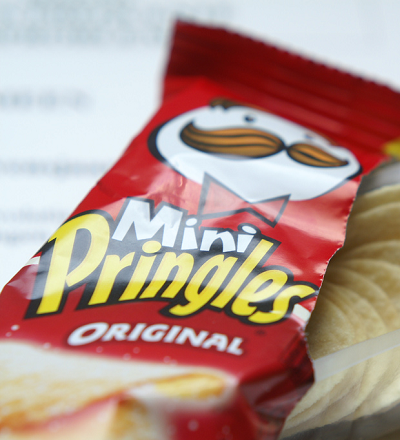SHARE
P&G's innovation tournaments to address energy challenge
With the decrease in oil prices in the last couple of months, many executives might finally feel relieved about their energy consumption level which eventually manifests itself in product/service costs. But we all know that there is no guarantee in this downward trend. Furthermore, the overall cost of energy is not the only goal: With the growing expectations to operate sustainably, innovation tournaments around alternative energy across all lines of business might be quite helpful.
Yet, sustainable energy management across business and operational processes is not a core domain of expertise for many companies we work with. In fact, efficient and sustainable energy management today is very similar to IT movement in the early 1980s - offering enormous rewards but only to those capable of developing the right vision and executing it.
P&G is a great example of a company which wanted to benefit from such rewards but didn't have the necessary expertise. In 2010, CEO Bob McDonald laid out a long-term plan that included the objective of powering the company’s plants with 30 percent renewable energy by 2020. It goes without saying that the goal was not embracing the new technologies while substantially increasing costs.
However, with over 150 operating units across the globe, and each with a different energy profile and market and regulatory conditions, the innovation challenge in front of P&G was considerable. Clearly, P&G needed outside expertise, but the traditional management consulting methods did not offer much promise.
Coming from management consulting background myself, I can assure you that while individual experts or certain companies can add tremendous value, they tend to have very specific expertise that may or may not apply to a given problem.
The most obvious alternative, educating a team in-house resources, is also time consuming and apart from significant investments, was not the core business capability of the firm. Instead, P&G worked with a carefully selected group of consultants to organize an “Innovation Tournament”. Pioneered by Wharton Professors Karl Ulrich and Christian Terwiesch (You can check out their book here), a tournament creates competitive solutions through a multi-stage, structured process by which companies systematically identify and develop exceptional opportunities.
You can simply think of the tournament at P&G as a "controlled corwdsourcing" initiative with multiple rounds of review through which the company and the participants refined and developed their intended solutions further while eliminating the low performing ones.
P&G's tournament had a geographical scope as well: It focused on three distinct production facilities in Malaysia, Mexico and the United States. According to George Favaloro, one of the consultants involved in the initiative (see more here),
...for the Malaysian processing facility, whose traditional energy sources were natural gas and electricity, the resulting alternative portfolio included onsite and offsite solar as well as biomass. For a US paper and baby products plant, the portfolio included biomass, hydro, biogas and offsite wind.
Apart from addressing the problem in the above mentioned units, the tournament also resulted in a roadmap for wider initiatives within the company in other regions.
Was there another way for a large and diversified company like P&G to explore and address its challenge? Of course; yet the flexibility and rigor inherent in a tournament process and the fact that it works makes it an attractive vehicle for change.
Will we see more companies jumping in the "tournament" wagon? Who know; as such approaches to finding exceptional opportunities are getting adopted more and more, we might live in the age of tournaments 10 years from now.
Download our Engineering Crowdsourcing white paper
